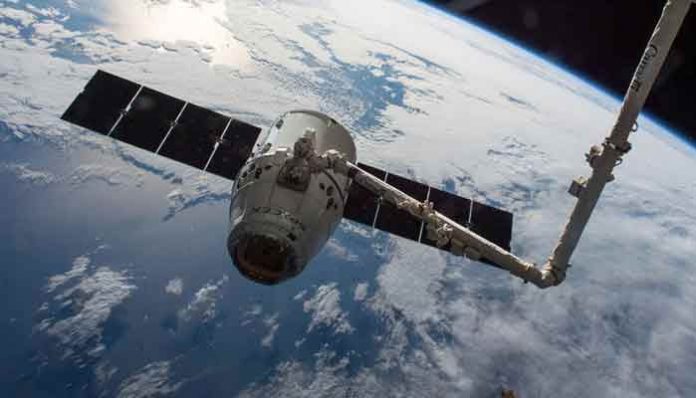Google Maps will now let people navigate through the International Space Station (ISS) through Street View, Google has announced.
This was made possible thanks to efforts put in by Thomas Pesquet, an astronaut at the European Space Agency (ESA), who spent six months at the ISS. During his stay at the ISS he captured the Street View imagery in zero gravity. The images will now be available to public to help them discover and explore the experience of being in a spaceship.
The first-of-its-kind initiative by Google and ESA showcases images of the interiors of the ISS and allows users to experience how looking down on Earth from outer space would feel like.
The Street View imagery is also supported with handy little dots. When users click on these, a small note pops up with additional information or fun facts.
“I am very enthusiastic about bringing street view aboard ISS. It will be a fantastic opportunity for everyone to experience the incredible feeling of being in space,” Pesquet said. He added that he hoped that the ISS on Google Maps Street View would change viewers’ perspective of the world.
The Street View team worked with NASA at the Johnson Space Centre in Houston, US and Marshall Space Flight Centre in Alabama to design a gravity-free method of collecting the imagery using DSLR cameras and equipment already on the ISS.
The still photos collected from the ISS were then sent down to Earth where they were stitched together to create panoramic 360 degree imagery of the ISS, Google said.
For over 16 years, astronauts have been working and living on the ISS, a structure which is made up of 15 connected modules and floats 250 miles above the Earth. It acts as a base for space explorations possible future missions to the Moon, Mars and asteroids.
ISS also acts as a reservoir that collects data on the Earth’s oceans, atmosphere, and land surface. It can be used to conduct experiments and studies that would not be able to do from Earth, like monitoring how the human body reacts to microgravity and studying cyclones in order to alert the population and governments.






